The Pope’s prayer intention for April is for the use of the new technologies.
Let us pray that the use of the new technologies will not replace human relationships, will respect the dignity of the person, and will help us face the crises of our times.
APRIL 2
ST. FRANCIS OF PAOLA, HERMIT
St. Francis of Paola deeply loved solitude and lived as a hermit in a remote cave in Paola, Italy. Disciples began following his way of life, which would form the Hermits of St. Francis of Assisi.
St. Francis was a defender of the poor and oppressed, and influenced the course of national politics. He lived an apostolic life.
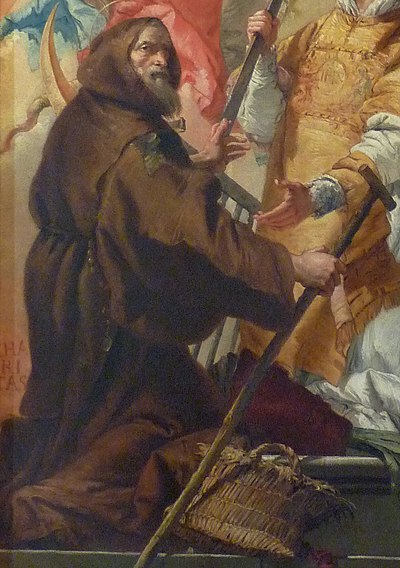
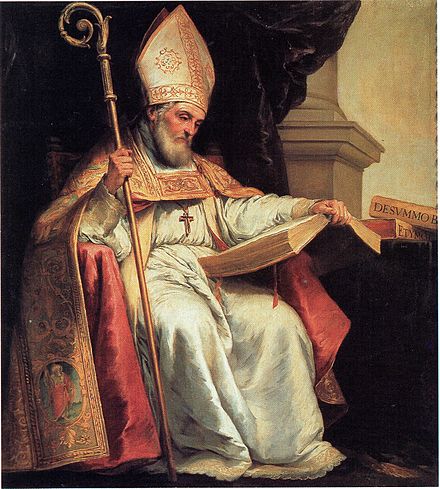
APRIL 4
SAINT ISADORE, BISHOP AND DOCTOR OF THE CHURCH
Often called the “Schoolmaster of the Middle Ages”, St. Isidore wrote an encyclopedia that was used as a textbook for nine centuries. He required seminaries to be built in every diocese, wrote a rule for religious orders, founded schools, and wrote books. He was very generous and charitable.
APRIL 5
ST. VINCENT FERRER, PRIEST
St. Vincent Ferrer entered the Dominican Order in Spain at the age of 19 despite his parent’s wishes. He was a missionary who brought thousands of Europeans into the Catholic Church while there was a political and spiritual crisis. St. Vincent Ferrer advocated for penance and the fear of judgement, earning him the title, “Angel of Judgement.”
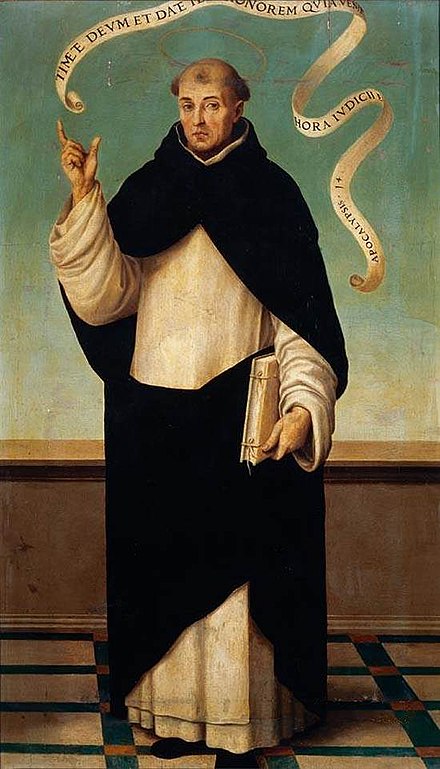
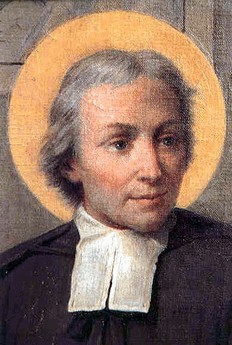
APRIL 7
SAINT JOHN BAPTIST DE LA SALLE, PRIEST
Named patron of schoolteachers for his efforts in upgrading school instruction by Pope Pius XI, St. John Baptist de la Sale created schools for the poor boys in Rheims. He gave away his possessions and devoted himself to the poor. He founded the Brothers of the Christian School (also called Christian Brothers or De La Salle Brothers).
APRIL 11
SAINT STANISLAUS, BISHOP AND MARTYR
St. Stanislaus was bishop of Kraków, patron of Poland. He is remembered with Saints Thomas More and Thomas Becket for opposition to unjust government.
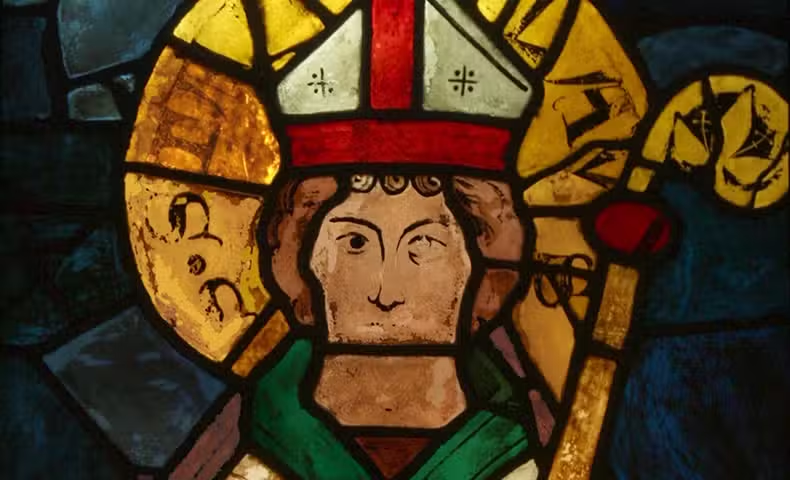
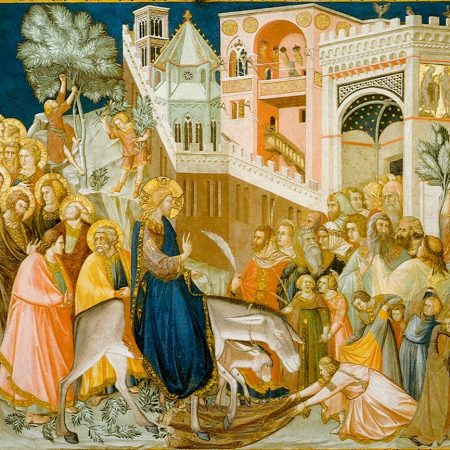
APRIL 13
PALM SUNDAY OF THE PASSION OF THE LORD
Today we commemorate Jesus’ entry into Jerusalem to celebrate Passover. He enters the city riding a donkey and is greeted by a crowd waving palm branches and laying cloaks on the ground to honor Him.
Palm Sunday is the beginning of Holy Week. It symbolizes the coming of the kingdom.
APRIL 17
HOLY THURSDAY
On this day, the Church commemorates the Last Supper, a meal shared by Jesus and his apostles where Jesus institutes the Eucharist, sharing bread and wine as His body and blood.
Holy Thursday marks the beginning of the Pascal Triduum.
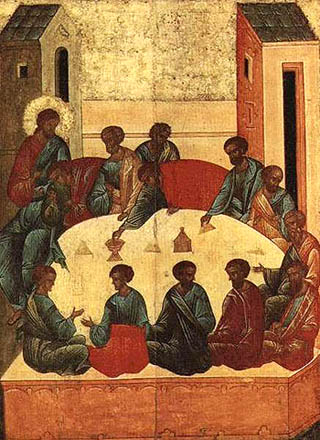
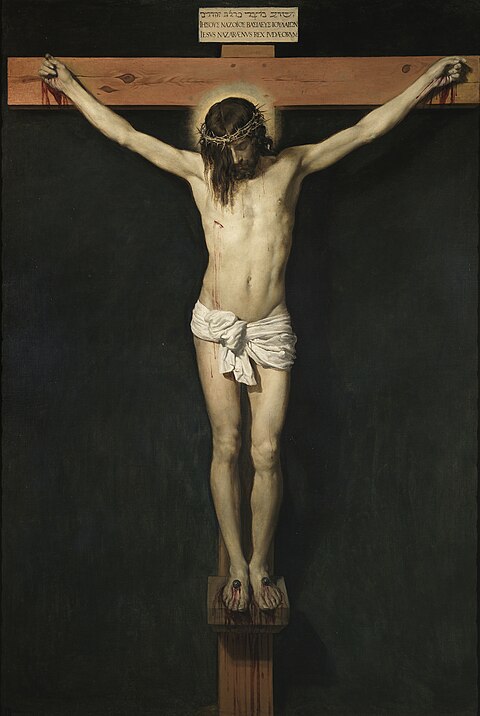
APRIL 18
FRIDAY OF THE PASSION OF THE LORD (GOOD FRIDAY)
A solemn day commemorating the crucifixion and death of Jesus.
APRIL 19
HOLY SATURDAY
Holy Saturday falls between Good Friday and Easter. On this day, Jesus is taken down from the cross and placed in his tomb, where he will resurrect on Easter Sunday.
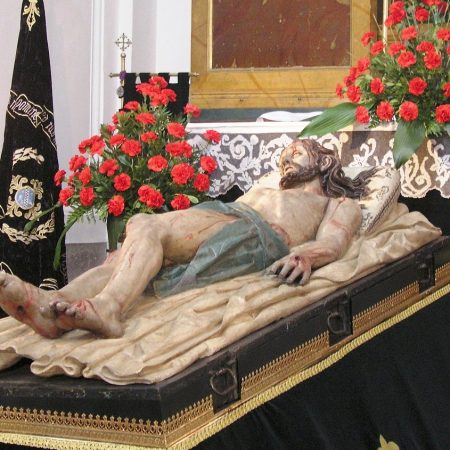
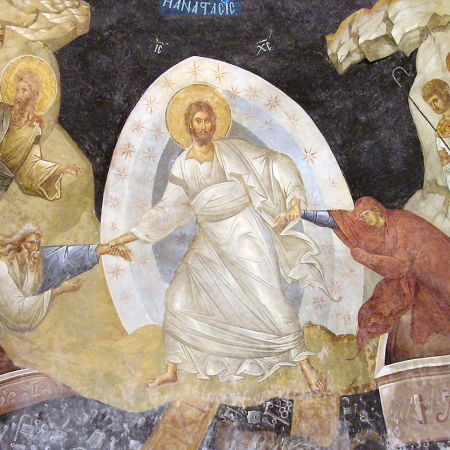
APRIL 20
EASTER SUNDAY
Easter Sunday marks Jesus’ resurrection from the dead and the victory over sin and death. It is a pivotal event marking hope for eternal life. Easter is the ultimate display of God’s power and wisdom.
APRIL 27
SUNDAY OF DIVINE MERCY
The Feast of the Divine Mercy or “Divine Mercy Sunday”, is an important feast day in the Catholic Church celebrated on the Sunday after Easter. It is a day when we honor the infinite mercy of God and His love for us. This feast day is associated with St. Faustina Kowalska, a Polish nun who played an important role in spreading devotion to the Divine Mercy.
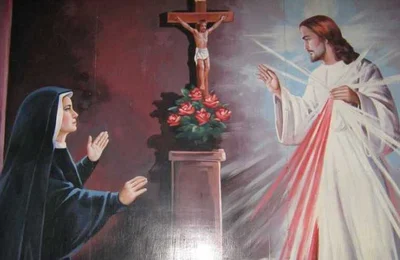
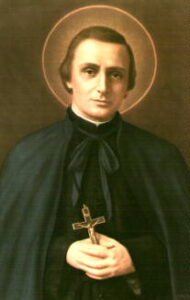
APRIL 28
ST. PETER CHANEL, PRIEST AND MARTYR
St. Peter Chanel is honored as the protomartyr and patron saint of Oceania. His feast day is a public holiday in Wallis and Futuna. In the Church of England, Peter is commemorated on the same date.
APRIL 29
SAINT CATHERINE OF SIENA, VIRGIN AND DOCTOR OF THE CHURCH
St. Catherine of Siena was an Italian mystic and theologian, recognized as one of the most influential saints in the Catholic Church. A member of the Dominican Third Order, she is renowned for her profound spiritual writings, her efforts in restoring the papacy to Rome from Avignon, and her unwavering devotion to Christ.
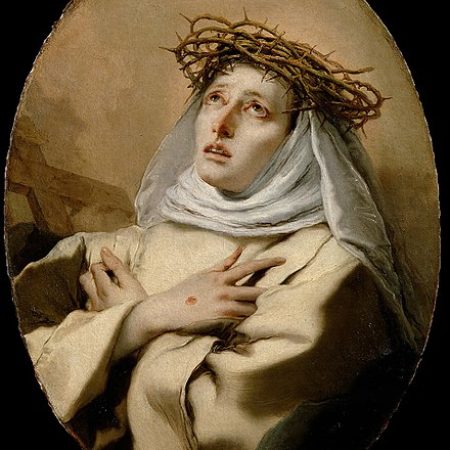

APRIL 30
ST. PIUS V, POPE
St. Pius V was a Dominican pope who led the Catholic Church from 1566 to 1572. He is renowned for enforcing the reforms of the Council of Trent, formalizing the Latin Mass, and excommunicating Queen Elizabeth I of England.
You are about to leave the Diocese of Brooklyn website. Do you wish to proceed?